Editor’s Note: This story originally appeared in On Balance, the ARTnews newsletter about the art market and beyond. Sign up here to receive it every Wednesday.
On Monday night, art collector Craig Robins kicked off Miami Art Week by opening the doors to the headquarters of his real estate development company Dacra. Located in Miami’s Design District—home to the Institute of Contemporary Art Miami and many of the city’s galleries—Dacra’s offices were lined with works from Robin’s collection, including pieces by John Baldessari, Mickalene Thomas, Francisco Goya and Kai Althoff.
Robins played a key part in bringing Art Basel to Miami in 2002, working alongside collector and luxury retailer Norman Braman, and Art Basel’s then-director Sam Keller. At the time, the three men talked about wanting the city to have a cultural draw beyond its party scene. Over 20 years later, since the pandemic, that dream seems to have been achieved. As Robins told ARTnews Monday, the city has gotten denser, property values have risen, and there are more tourists driving traffic to art spaces year round. “Covid catapulted Miami,” Robbins said.
On Wednesday morning, Art Basel opened its 22nd edition at the Miami Beach Convention Center, and the mood was buoyant. One Florida-based collector, Nydia Gaynor, told ARTnews that she was using the fair to search out new artists, particularly Latin American ones, and emphasized the fair’s ability to pack in a vast number of artist and galleries into a single space.
“It’s the closest thing we have to a floating museum,” she said.
By the end of Wednesday’s VIP day, several mega and blue-chip galleries reported strong sales, befitting the cautiously optimistic performance of last month’s marquee sales.
David Zwirner reported selling 24 works, 13 of which were paintings, for a total of $12.9 million. The top work sold was a Yayoi Kusama Infinity Nets painting from 2017 for $3.5 million. Other top works sold included a Noah Davis painting for $2 million, two new works by Lisa Yuskavage for $1.4 million and $600,000, two new works by Elizabeth Peyton for $1.1 million and $900,000, and two Josef Albers paintings for $800,000 and $600,000. The gallery also sold works between $180,000 and $400,000 by Oscar Murillo, Raymond Pettibon, Wolfgang Tilmans, Andra Ursuța, and Katherine Bernhardt.
Hauser & Wirth, meanwhile, said that it had sold a total of 20 works for its presentation for a sum of $15.16 million. The top sellers included a 2014 canvas and tarp piece by David Hammons for $4.75 million, a 2024 pastel and acrylic on linen Female Portrait Abstraction by George Condo for $2.5 million, and two untitled acrylic on canvas works by Ed Clark for $1.4 million and $1 million. The gallery also sold works in the $375,000 to $750,000 range by Rashid Johnson, William Kentridge, Avery Singer, Jeffrey Gibson, and Firelei Baez, among others.
Over at Pace, the reported total came to $4.16 million, with the top works being a Sam Gilliam painting for $1 million, a Robert Longo work on paper for $550,000, a new Black Dada painting by Adam Pendleton for $450,000, a painting by Emily Kam Kngwarray for $450,000, and a 9.5 foot gilded bronze work by Elmgreen & Dragset for $425,000. The gallery also sold works between $25,000 and $125,000 by Leo Villareal, Kylie Manning, Alejandro Piñeiro Bello, Li Hei Di, and Genesis Belanger, as well as 11 small-scale nipple paintings by Loie Hollowell for $80,000 each.
Thaddaeus Ropac reported that their booth had generated a total of $12.2 million, with a Georg Baselitz’s bronze sculpture and brass work by Robert Rauschenberg together making up the bulk of the sum.
Greg Lulay, a partner at David Zwirner, said in an emailed statement to ARTnews that there was a noticeable shift in the mood in Miami, with a distinct uptick compared to other subdued fairs he had led sales at just weeks earlier in the fall. That sentiment was echoed by Hauser president Marc Payot, who said in an emailed statement, “After a dark and nervous season, it feels like the clouds have broken and the perfect blue-sky weather here in Miami is reflecting the art world’s mood––buoyant and fully engaged minus the overly frantic energy of the past.”
(Still, it’s worth noting, for those keeping score, during last year’s VIP day, Hauser & Wirth sold Philip Guston’s Painter at Night (1979) for $20 million and Zwirner sold Marlene Dumas’s The Schoolboys (1986–87) for $9 million. We’ll have to wait and see if a sale of that magnitude emerges before the fair closes.)
Mid-sized galleries benefited just as much. At New York’s Lisson gallery, 15 works sold for a collective sum of $4.5 million and Xavier Hufkens reported a total of $2.2 million, with a Nicolas Party painting being among the most expensive, selling for $600,000. At Spruth Magers, which has locations in Berlin, London, Los Angeles and New York, the gallery reported that more than half of the 12 works sold went to collections in the U.S. and the booth brought in $1.5 million. At Michael Kohn, which is based in Los Angeles, the gallery reported generating $239,000 across three works, including ones by Lita Albuquerque and Nir Hod.
Michele Quinn, a Nevada-based art advisor, told ARTnews that the prices are showing that things are getting back to reality. While there has been a minor correction for prices on contemporary artists, according to Quinn, and sales having been slower in recent months, it’s not comparable to the widespread 20 to 30 percent drop in values seen in 2008. After dealers saw values for younger and emerging artists drop by 30 to 50 percent over the last year or two, Quinn said many returned to showing dead artists of the sixties whose prices are more stable.
“It’s a safety net. There isn’t a question about value. With younger artists who were coming out too high and too fast, there was this question about what we were really selling,” she said
Some dealers told ARTnews that contrary to many people’s expectations, midcentury works are receiving renewed attention in Miami compared to those by emerging artists in Miami. Andrew Schoelkopf, whose eponymous New York gallery focuses on American art, told ARTnews that he has seen an uptick in new buyers, with that figure rising from 10 to 20 percent last year to nearly 30 percent so far this year. Many of those new collectors, he added, have been from South Korea.
“The same collectors that were coming here for a new young artist years ago are coming back to look at Andrew Wyeth,” Schoelkopf said of collectors’ tastes in Miami so far.
Welancora, a ten-year-old gallery located in a Brooklyn brownstone returned to Miami for the fourth time this year. Owner Ivy Jones told ARTnews that by the end of the first day of the fair, the gallery had sold about $60,000 in art on opening day, a metric that made Jones cautiously optimistic about the week ahead, The gallery sold two photo-based works by Deborah Willis, an art historian who Ivy first exhibited in 2020, to new collectors: a US-based producer and a photography collector with works by Black photographers like Kwame Braithwaite and Tyler Mitchell. A deal is also pending with the Taguchi Collection, a private museum in Tokyo founded by manufacturer Misumi group.
“It’s a good start for us, especially as it pertains to photography. Compared to some price points that came out of Paris Photo, this was a solid result. I’m kind of surprised,” she said.
By about four hours into the fair, as things quieted down, New York gallerist Jack Shainman, who opened his gallery in the 1980s, was still drawing interest from two collectors—one established and the other just starting out. Each was asking about a wall hanging by El Anatsui and photographs by Barkley Hendricks that were published after his death in 2017, respectively. Shainman told ARTnews that last year’s fair in Miami felt slower and that this year the energy came back to it. “It feels like it used to,” he said.

The post “On First Day, Gallerists and Collectors Say Art Basel Miami Beach Has Its Energy Back” by Angelica Villa was published on 12/05/2024 by www.artnews.com



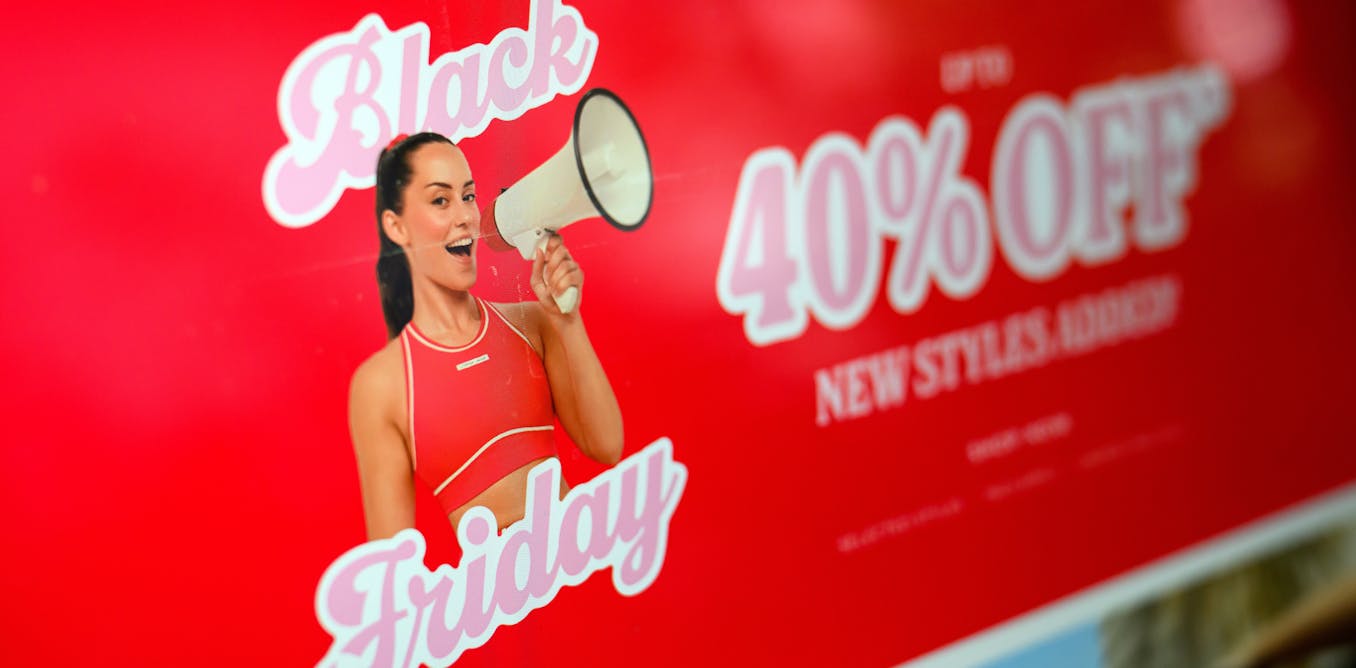
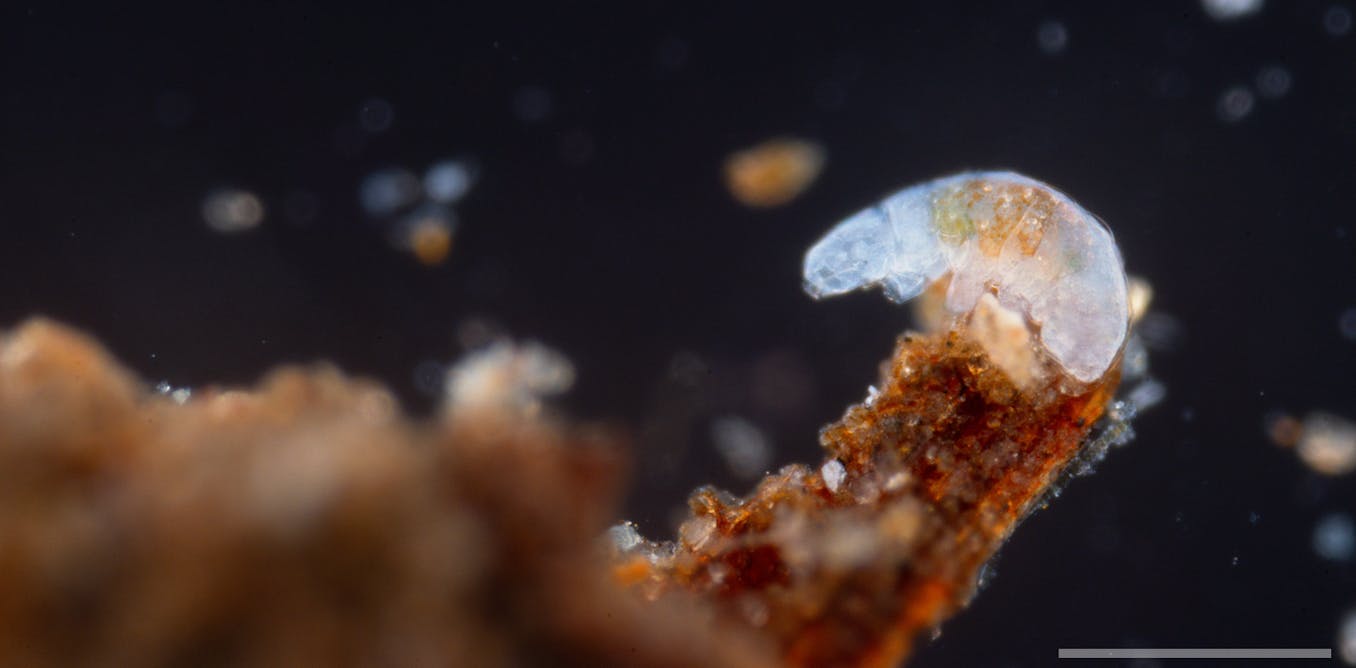


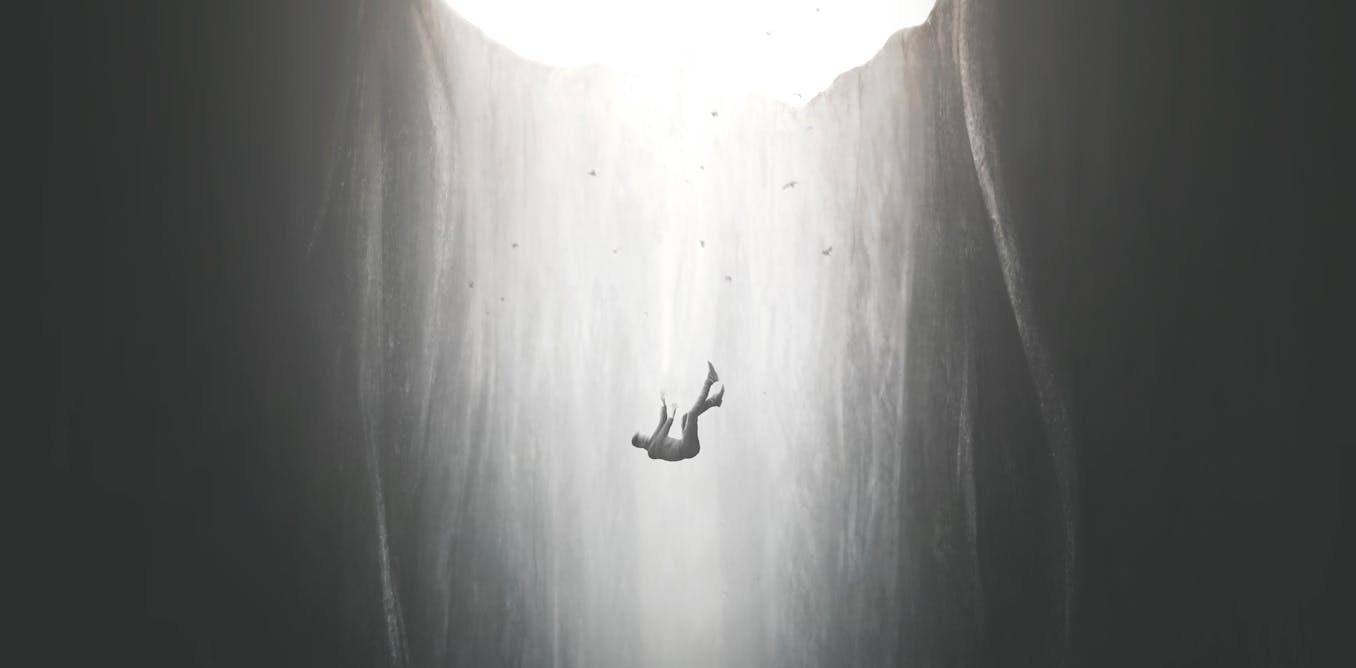
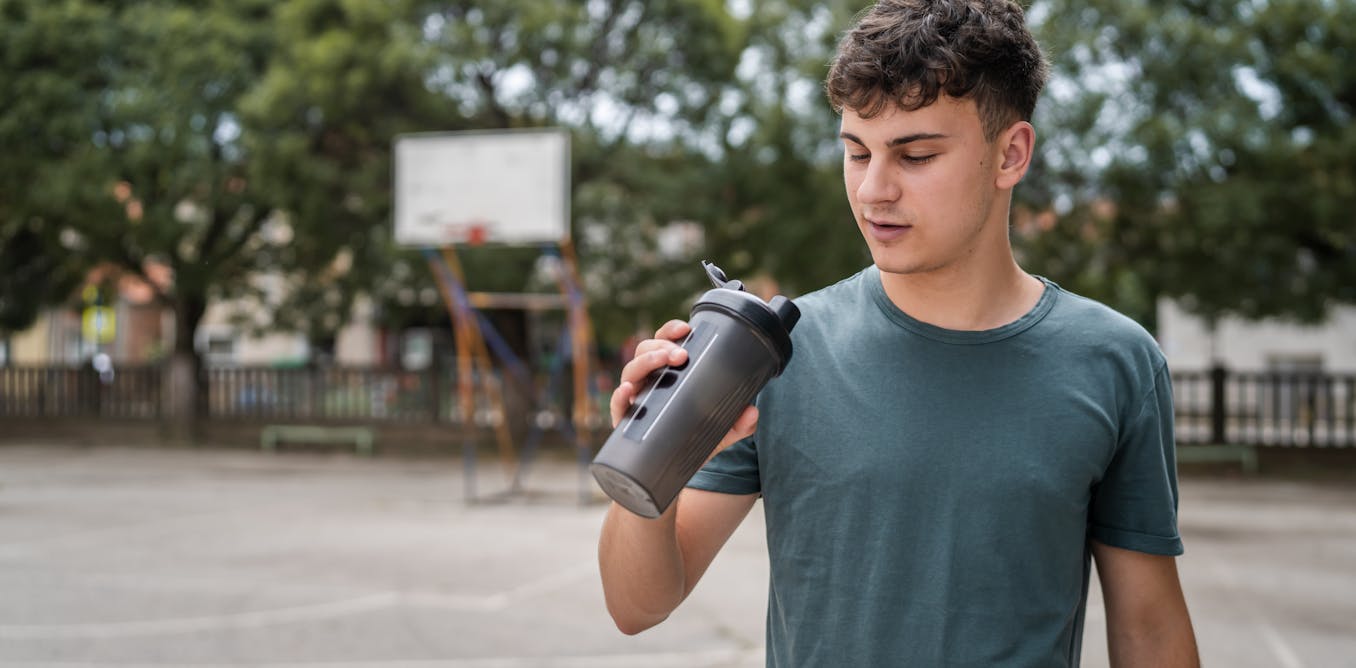


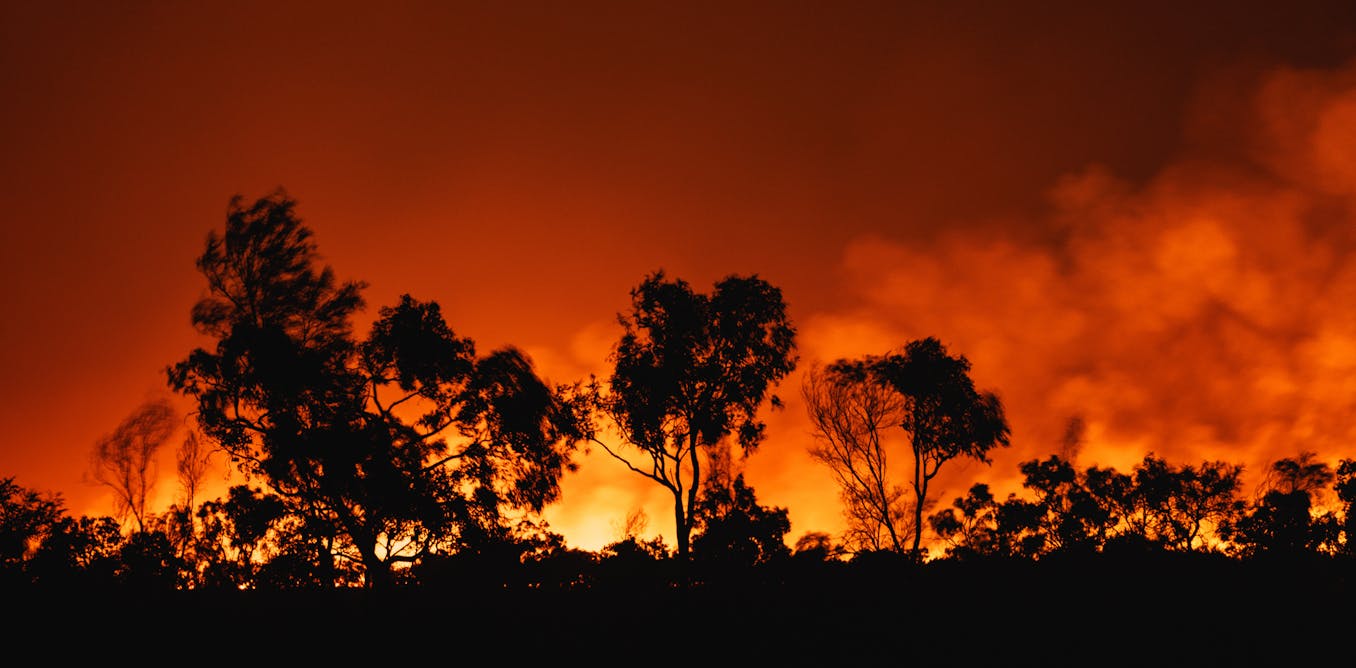

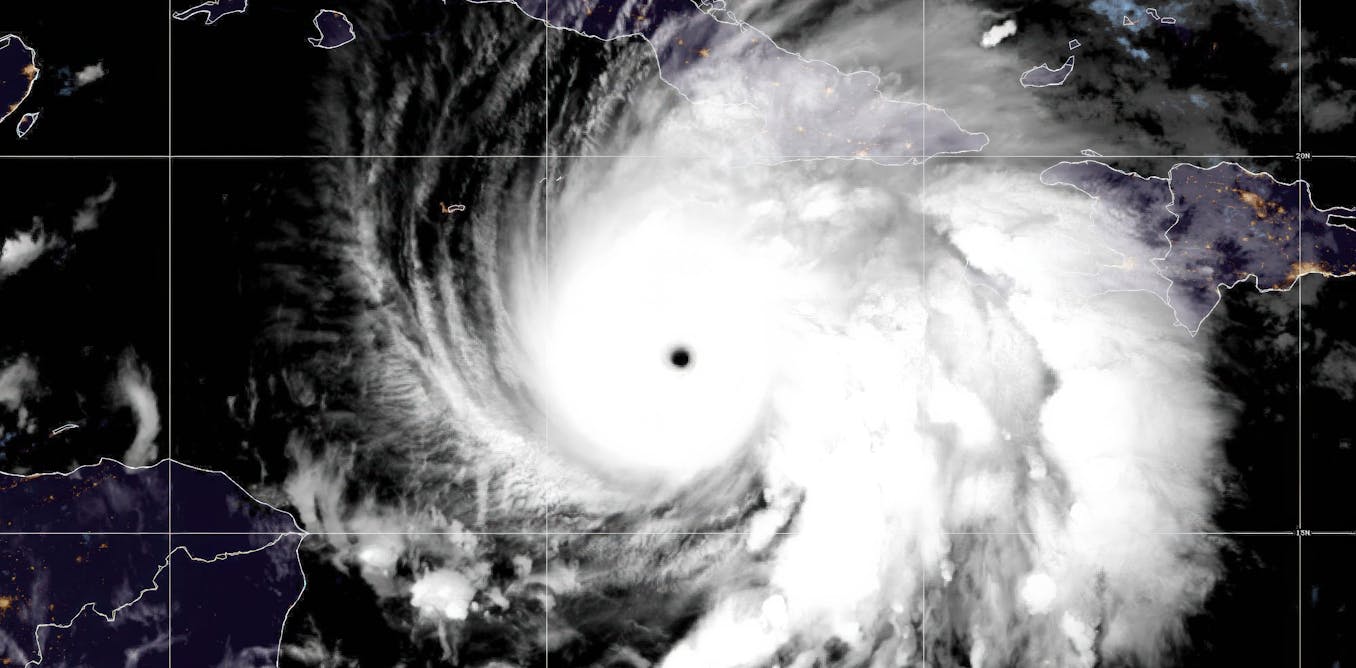







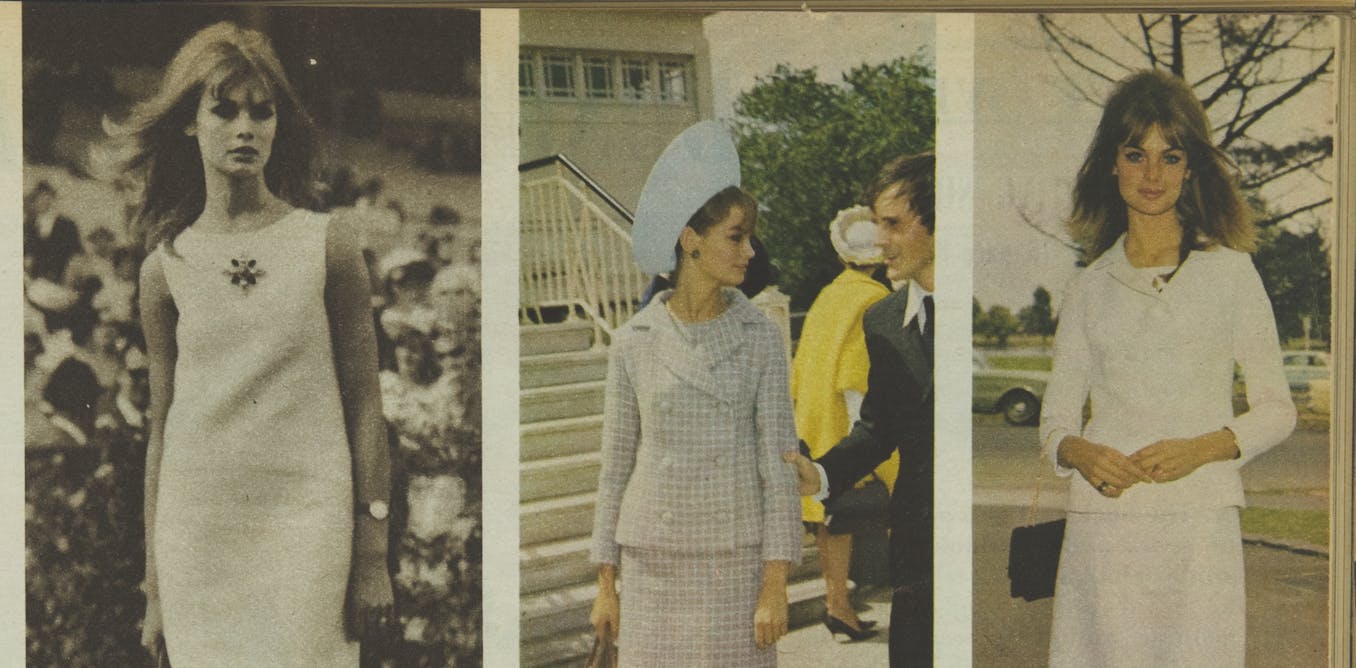
















Leave a Reply